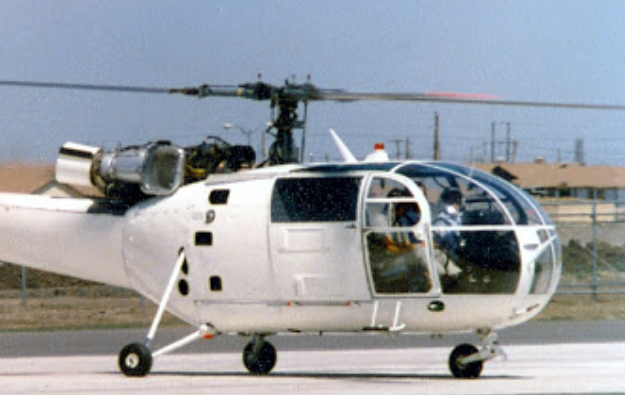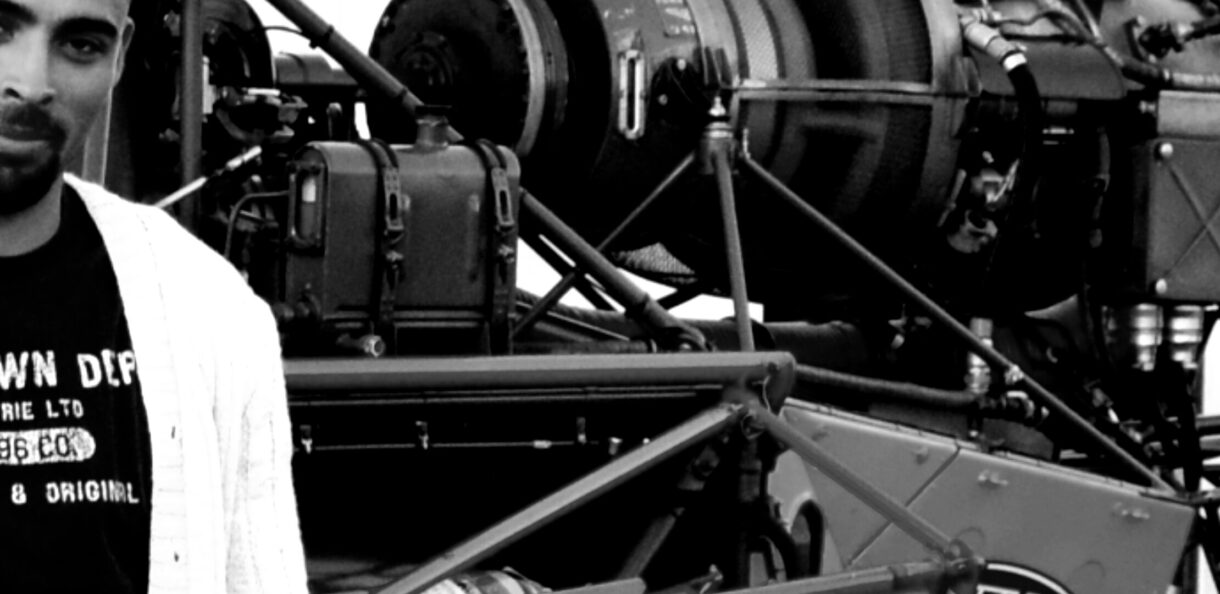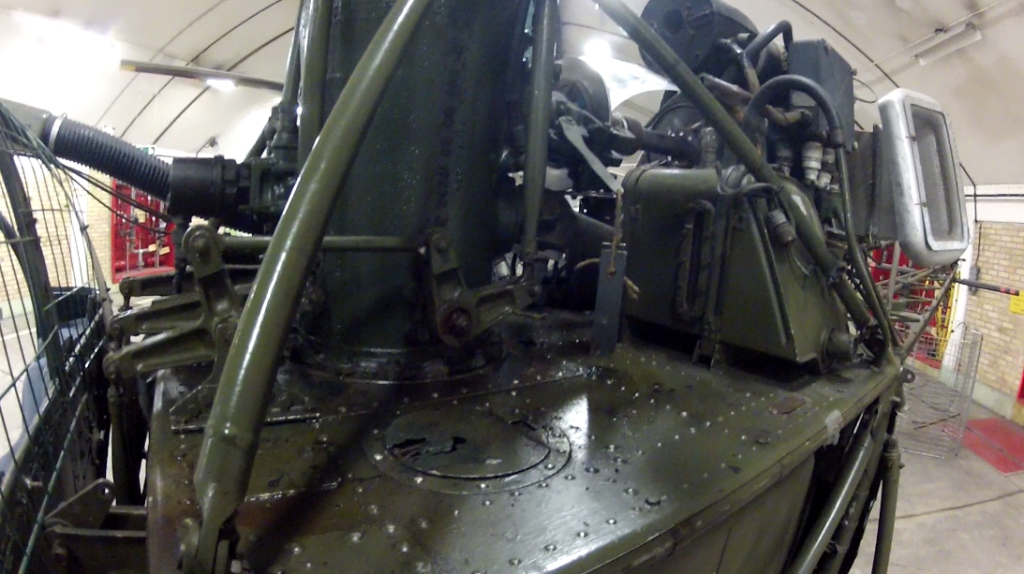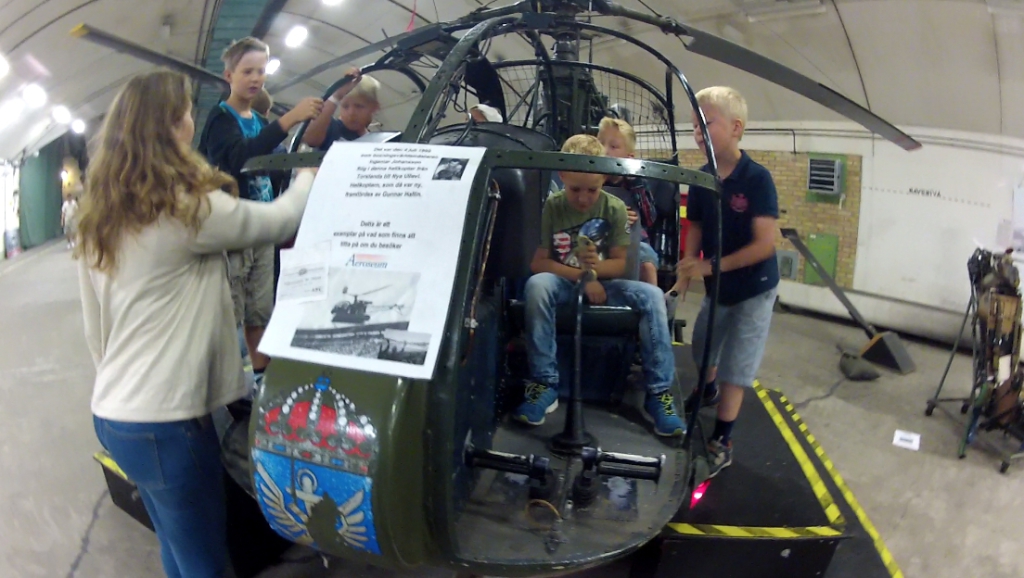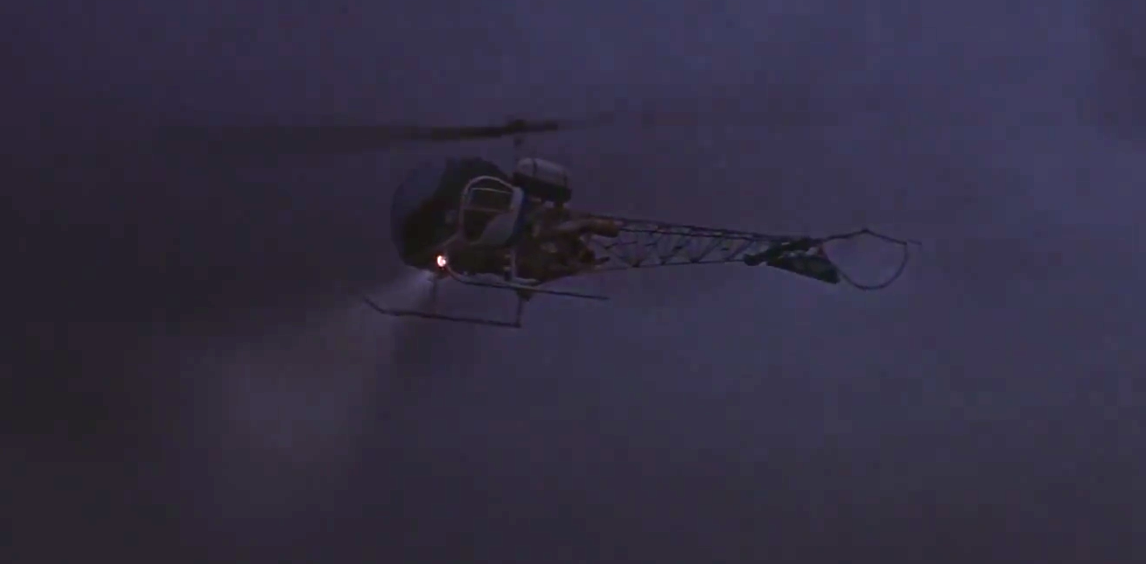- A Hughes 300 cabin added to a SA313 tail have been designed for Nim's Island movie
- Manhattan developed C17 and C18 protocols on SA313 and Sonaca 200
SA313
Primary Intrication Blockchain Direct material elements aggregated from NYP docket
Secondary
Tertiary
- Nim's Island with Jodie Foster and Abigail Breslin is distributed¹ by Universal
Epistemology
The story begins with the Lark Southeast SE.3101 first entirely French-designed helicopter, made after the end of World War II. This experimental single-seat machine powered by a motor Mathis pistons 85 c., made its first flight in June 1948.
Then, the French firm built the two-seater SE.3110, with a piston engine Salmson 9HN 200 hp., And three seater SE.3120, destiny “to agricultural work and the first to have borne the name of Alouette. The first of two prototypes SE.3120, which was also equipped with a Salmson engine 9HN, flew July 31, 1952, and struck shortly after a circuit record flight taking off in the air for 1:56 p.m. .
The adoption of the turbine engine Turbomeca Artouste I of 360 hp., Results in the modification of the airframe for the series production of the SE.3120, the prototype made its first flight on March 12, 1955. Called Alouette II, the new helicopter was the first in the world to be equipped with a turbine engine.
In June of the same year, the Alouette II was adjudged a new world record by reaching the altitude of 8209m.
The Lark was similar to most machines of its time, with its cabin Plexiglas, its coating-free fuselage and tail boom. The engine, placed horizontally above the central part of the fuselage, a main rotor was operating articulated three blades and a two-bladed tail rotor. The landing pads can be replaced by three wheels for use on aircraft carriers.
The two prototypes of the Alouette II paved the way for three preproduction machines, produced in 1956, and the unit received its certificate of airworthiness 2 May 1957. During the same year, merged with South East South West to form the “Sud-Aviation” and 5 seater version of the Alouette II received the designation SE.313B. The Sud-Aviation company was itself absorbed by SNIAS (National Industrial Aerospace) in 1970.
Mass production began at Marseille-Marignane in response to an order of the French armed forces, and the first machine was taken into account by the Air Force on May 1, 1956; in 1958, the Air Force employed 19 Alouette II in Algeria. The manufacturer has made significant efforts to improve the helicopter in areas as diverse as performance, payload and reliability, international demand was very strong. This machine is particularly well suited to mountain operations, and in 1958, an Alouette sets a world altitude record of all categories and with 10981m altitude record world class 1000-1750 kg.
Alouette II had the honor of being the first helicopter manufactured outside the United States, to benefit from a US certification. In 1961, the unit was produced at a rate of 16 copies per month and 924 Alouette feature Artouste engine was manufactured for thirty-three countries, twenty-two of which were going to use their machines for military purposes. The French armed forces, particularly the Army Light Aviation (ALAT), acquired 363 Alouette, and West Germany bought in 267.
Other military customers Austria, Belgium and Switzerland. In Britain, the Army Air Corps took into account 17 machines. The good altitude performance of the Alouette II were particularly harnessed in Kenya, where devices do many mountain rescue in the Army Air Corps Flight.
The size of the Alouette II was to make a machine perfectly suited to observation missions, medical evacuation, liaison and training, but this unit was also engaged in more offensive tasks, including the antitank and anti-surface warfare; it was then equipped AS.11 missile respectively AS12 and torpedoes Mk 44.
British Alouette were employed for refueling garrisons UN on the island of Cyprus and for hunting poachers in the territory of Kenya. Towards the end of 1964, an Alouette II was tested by the British Army with SS.11 missiles for the arm the Westland Scout.
The development of an extrapolated version of the Lark, the SE.3140 equipped with a turbine engine Turbomeca Turmo II 298 kW (400hp.) Was announced in May 1957, but the device was never put into production. A derivative, powered by Turbomeca Astazou IIA of 396 kW (530 hp.), Cheaper than Turmo II, proved more successful. Called SA.3180, the device made its first flight January 31, 1961, and after a few tries, received its certificate of airworthiness.
SA.318C production began in the same year and the first deliveries intervened in 1965. The first batch of 15 Alouette II engines Astazou was conducted on behalf of the ALAT. In a virtually identical configuration with previous versions, the SA.318C was a bit faster, with greater flying range and could carry a heavier load. However, it was less well adapted to high altitude operations. A production license was granted to the Swedish company SAAB and the US firm Republic Aviation.
In spring 1975, when the Alouette II construction ended, 382 SA.318C had left the assembly lines, bringing the total production of over 1,300 copies device. Alouette II was acquired by hundred twenty-six civil and military customers in forty-six countries.
HOT AND HIGHT ENVIRONMENT
The Sud-Aviation company was able to benefit from this success by realizing the SA.315B Lama, who responds to a request from the Indian Air Force anxious to have a helicopter capable of operating in the Himalayas. The Dalai combined cell Alouette II with Artouste IIIB derated and rotor system SA.316B Alouette III. He enjoyed the way an exceptional ability to operate in the mountains in hot countries, gross weight of 1950 kg allowed to carry the payload to 1130 kg. Device at high altitude capabilities were demonstrated when a Lama reached 12,442 m, 21 June 1972, setting a new altitude record.
Aérospatiale sold the SA.315B to many users, including China. In addition, the aircraft was produced from 1972 by Hindustan Aeronautics Ltd., India, under the name Cheetah, most machines made have been supplied to the national armed forces. The Lama was also assembled by Helibras in Brazil under the name of Gaviao.
Originally designated SA.3160, the Alouette III was logical derivative of the Alouette II, but with a wider cabin in which could hold up to 7 people. Dynamic elements of this machine came from the Alouette II, but the device had a Artouste turbomeca engine 410 kW (550 hp.), A main rotor larger diameter and a three-blade main rotor tail. The central section of the fuselage and the tail boom were provided with a coating, and the helicopter had a tricycle landing gear.
The prototype of the Alouette III (F-ZWVQ) first flew 28 February 1959, and the aircraft landed at the summit of Mont Blanc in June 1960. The Alouette III immediately aroused the interest of the French armed forces, who need a quick, well-armed machine for the operations they were driving in Algeria. Tests were therefore carried out with various weapons including wire-guided missiles and cannons mounted on carriages.
Capable of flying at 210 km / h, the Alouette III corresponded to the needs of the French armed forces, but the Algerian conflict was ending when the unit began to enter service. The first deliveries was about foreign customers, including the Burmese air force in 1961. Then came the South African Air Force and the Rhodesian Air Force. The first batch of series, ALAT and Naval Aviation did not acquire 11 copies, and other military buyers were Denmark and Peru.
South Africa, who was one of the first users of the Alouette III, still has a hundred copies. The helicopters of this type have constituted the bulk of the assault forces engaged in Namibia and Angola. The South African Air Force employs three types of helicopters made by
Aerospatiale: The Alouette III, Puma and Super-Hornet, it sparingly for search and rescue missions. The last 8 Alouettes II were removed from service to be replaced by Alouette III, which became one of the essential elements of the guerrilla struggle in South Africa.
In the late 1970s, a version with reinforced transmissions, the SA.316C was commissioned, and two years later began to be produced with the new Artouste IIID 649 kW (870 hp.) Derated 447 kW (600 hp.). Another version, equipped with a Artouste 649 kilowatts, received the name SA.319B; it enjoyed greater opportunities with a fuel consumption of less than 25%. Navalized a variant of the Alouette III Artouste has been developed to be able to attack the surfaces of buildings such as lance¬ fast torpedo boats. It can be equipped with self-stabilization, an ORB-31 surveillance radar, gyro-stabilized viewfinder Bézu APX-260 and two AS.12 missiles.
For anti-submarine warfare missions, it carries two guided torpedoes Mk 44 under the fuselage or a torpedo and a magnetometer towed in a container after a 50m cable. For search and rescue, a winch with a capacity of 225 kg can be adapted to the left side of the fuselage.
The production of the Alouette III was completed in France in 1983 after producing a total of 1,455 copies of the unit delivered to seventy-four countries of the world, sixty of which use their machines for military purposes. The Alouette III was also produced in India and Romania; the first of these countries assembled 300 units under the name Chetak, some of which have been exported to many countries.
The SA.316B version is performed in Romania by Interprinderea of Constructii Aeronautice (CIA) as IAR-316B. More than 200 copies were built, and some were exported via Aerospace to Pakistan, Algeria and Angola.
ROMANIAN DERIVED
In the early eighties, the company ICA embarked on the development of a light attack derivative and bond with dynamic systems and various other elements of the IAR-316B. The attack helicopter born this extrapolation, the IRA-317 Airfox is a relatively inexpensive machine which has a two-seat tandem cockpit with a high seat back for the driver. The Airfox resumes the main landing gear, the rear fuselage, cabine and Artouste IIIB of the IAR-316B. Its armament includes rockets, machine guns and anti-tank missile pods; it can also receive two 7.62mm machine guns on each side of the cockpit before.
The pilots of the South African Air Force have long demanded an attack helicopter adapted to missions were commanded them, but the arms embargo which South Africa was suffering did not acquire this state machines required on the international market. South Africans have been forced to resort to replacement solutions by building their own machines close from the Alouette III. The light attack helicopter Alpha XH1 was produced by Atlas Aircraft Corporation in response to restrictions imposed by South Africa.
The design of this machine began in March 1981 to deal with a request from the South African Air Force. Atlas used the transmission system and the rotor of SA.316B, which were combined with Turbomeca turboshaft engine and fuselage components manufactured by the domestic industry. The tail girder is close to that of the Alouette III, and the cockpit resembles that of a conventional helicopter armed with the weapons operator seated in the front and the driver in the back. Under the forward fuselage was installed a cannon GA.1 20mm turret controlled by a viewfinder placed in the helmet of the gunner. Various weapons can be placed on the pylons of the wing stumps. The prototype of the Alpha XH1 make a try on February 3, 1985 in total secrecy, and the existence of the aircraft was only revealed to the public in March 1986.
The Alouette II and III perform their tasks with great efficiency in all countries in which they serve. The key to their success is certainly their reliability and ease of maintenance.
Minutes docket
- This intrication has 1 reply, 2 voices, and was last updated 5 months, 1 week ago by Redpill.
-
AuthorHashs
-
February 15, 2023 at 12:34 am #37402OracleOracle
- Pursue SA313 hashing line augured by the Oracle
November 12, 2024 at 9:58 am #46279 -
AuthorHashs
- You must be logged in to pursue this hashing.
𝕿𝖍𝖊 𝖓𝖊𝖜 𝖞𝖔𝖗𝖐 𝖕𝖗𝖔𝖛𝖎𝖉𝖊𝖗𝖘

